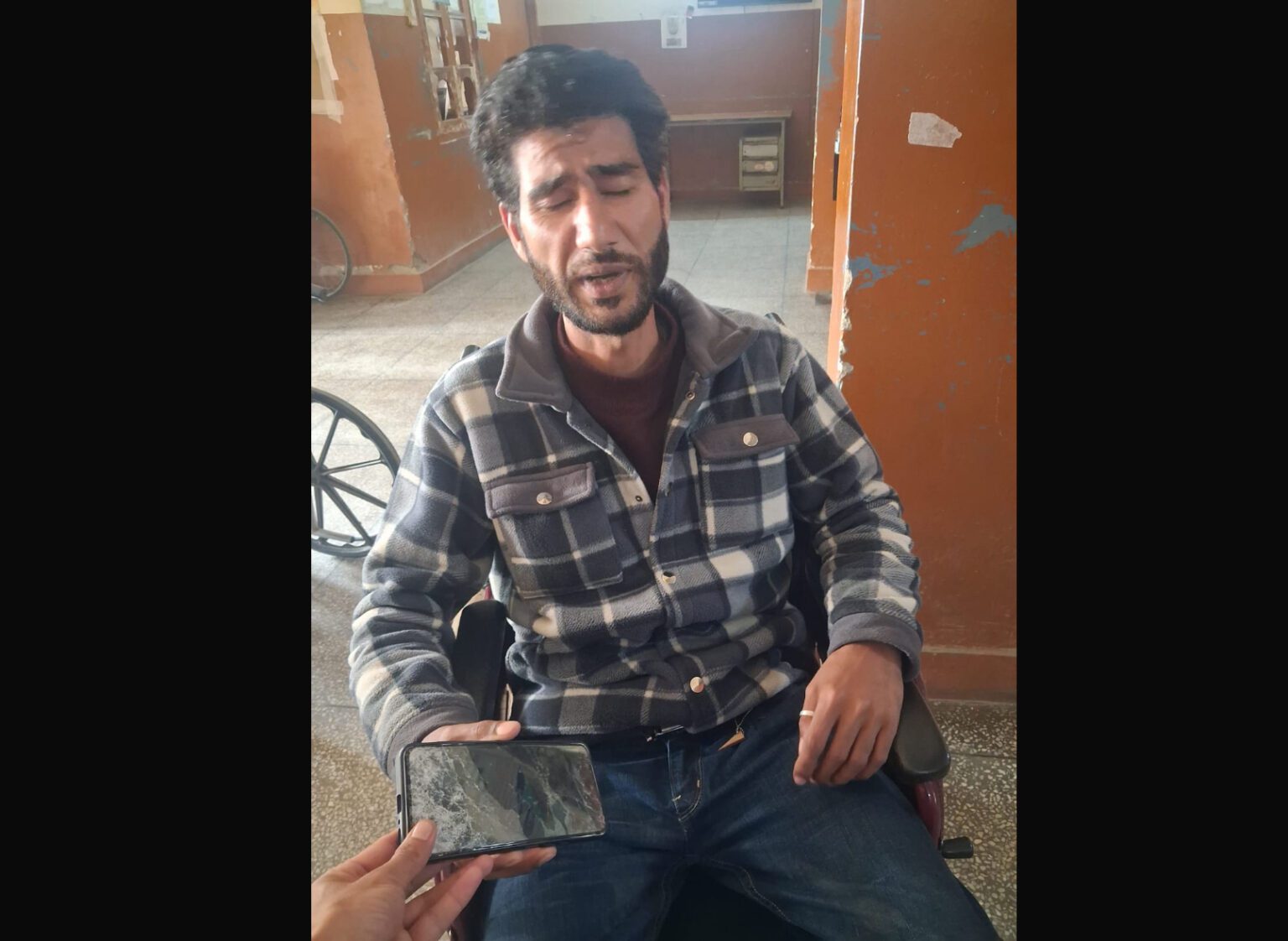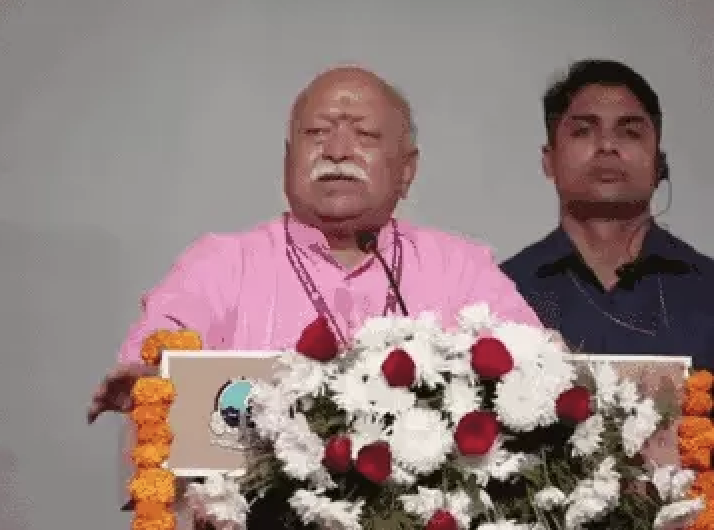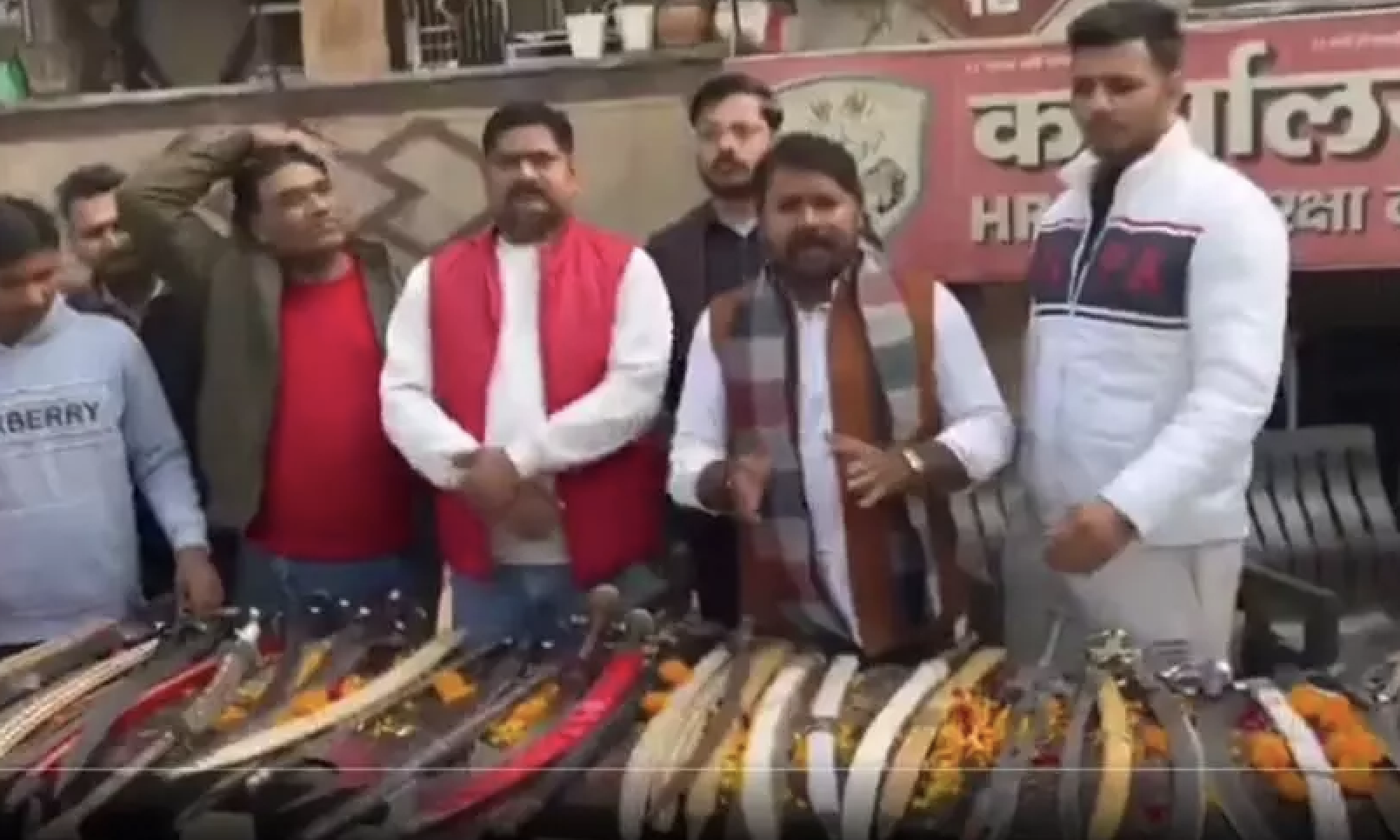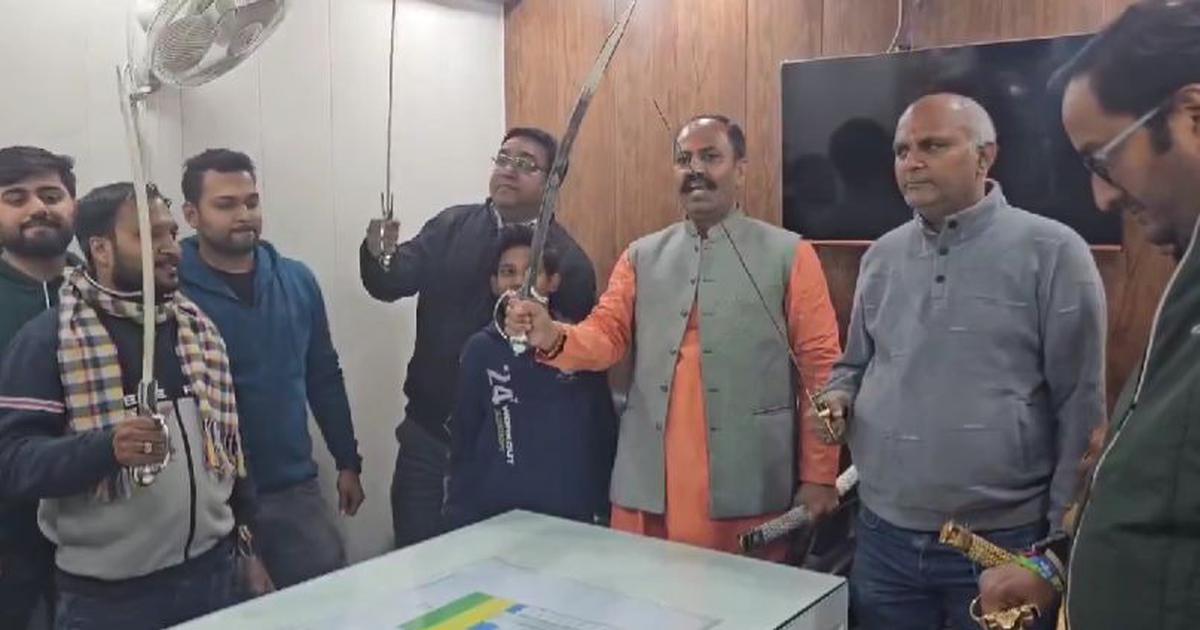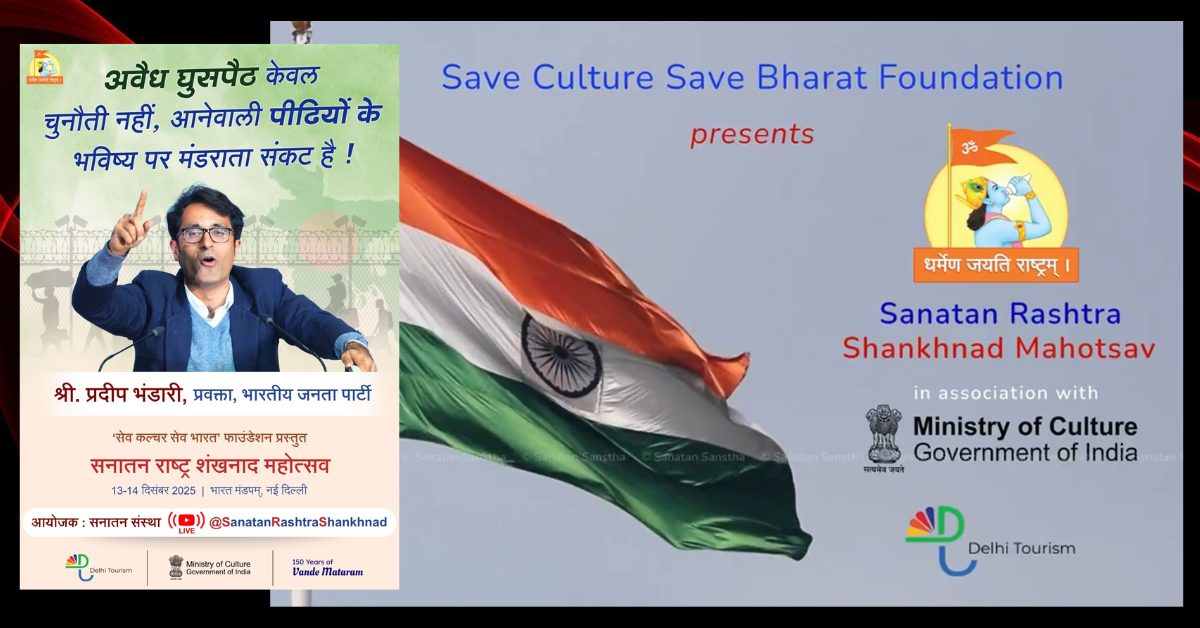Salim has turned 66 and his brother Naseem 70. Salim now lives in a state of shock and does not talk to anyone but weeps often. Naseem has lost his mental balance. Both belong to the Kawal village of Muzaffarnagar district, one of the villages severely affected during the 2013 Hindu-Muslim riots in the area.
Salim is the father of Shahnawaz, murdered on the first day of the riots in Kawal village. Naseem is the father of two young men who were allegedly framed for the murder of Gaurav and Sachin. Deceased Shahnawaz’s four brothers have been sentenced to life imprisonment in this case. They have been in the lock-up ever since the riots and were not granted bail even once during the last six years.
On the other hand, those accused in the murder of Shahnawaz have been given a clean chit by the police. They were released on bail within a month of their arrest.
Salim says he has never ever faced such injustice at any time in his life: “Those who murdered my son are said to have been killed by a mob, by unidentified men. But my other sons, who were travelling to Chennai but returned midway after hearing of the rioting, were picked up by the police for murder. They have now been sentenced and are in prison. Nobody heard us. We fought for five years in the hope of securing justice for my sons. And those who killed my son Shahnawaz got bail in 15 days.”
Muzaffarnagar riots in 2013 claimed more than 55 lives and nearly 100 houses were ransacked. And thousands fled Kawal and adjoining villages. But selective justice has kept the wounds green even after six years.
Rao Laik, an advocate, says, “In the court of law, decisions are made on the basis of facts presented and testimony of witnesses. The police gather the facts. But the police take interest in some cases while in others they are influenced by politics. In the Kawal incident this is what happened. The four brothers’ case was not presented properly and they were convicted while the other accused were acquitted”.
This is not restricted to just the Kawal incident but in almost all the riot cases that occurred in Muzaffarnagar. “All the accused are being acquitted by the court. And things have come to such a pass that the actual accused may soon file cases of defamation against the victims,” the lawyer exclaims.
In Kidwainagar of Muzaffarnagar, a retired teacher tells National Herald on the condition of anonymity that the accused were assured by Hindu leaders that they would not be harmed even if they were arrested. “And this is exactly what has happened; they were released within a few days. The cases filed by the police are being withdrawn by the state government, while in the cases filed by the victims, the accused are being acquitted for want of witnesses,” he says
While it is true that all serious cases of Muzaffarnagar have been closed, it is also true that both the parties have reached out of court settlements. “The Jat community formed groups to save the accused from their community and adapted their own methods to save them from punishment. Temporary offices were opened to help the accused from their community,” some recall.
As opposed to this, what did the Muslims do? Shahvez Khan from Khalapur says: “Muslims got busy in collecting funds”.
He claims that after the riots, “The Samajwadi Party (SP) government that was in power gave some Muslims good positions in the party and sent them as agents of damage control in society.”
Says SP leader Farhad Alam, “Local influential Muslim residents also played a role. We can’t just blame the victims for not giving testimony in court because these leaders influenced the victims and forced them to stay silent either through force, motivation or bribe.”
Jamiat Ulema Hind leader Maulana Kasmi blames ‘lobbying’. “Out of the 69 accused, 45 names were not even mentioned in the main charge sheet. Only 24 were prosecuted and in these cases, the witnesses turned hostile. The truth is that all these people are poor and they lost confidence,” he adds.
He referred to two different outcomes in two similar cases.
“Two people were killed in the Sadarpur town square at Mucheda, Meerapur. And the trial is still going on. But following this incident, Nadeem and Monu Querishi were murdered in Meerapur. But the accused in this case have all been acquitted,” he adds.
Nadeem’s uncle now lives in Kathoda village and his father went to Tevda village. His uncle Irshad stoically recalls, “Nadeem had got married just six months before the riots. During the riots we had to flee from the village. And Nadeem was killed. His wife got compensation and a government job. She left his aging parents and went away. Nadeem was their only son. They now live in a rehabilitation colony built for the riot victims in Tevda village. They hardly have any money to eat. In such circumstances, how can they fight a court case?”
Local Mahila Congress president Bilquees Choudhry says: “When victims are weak, the government should stand with them. But what did the police do? Statistics show that the police did not even retrieve the weapons with which the people were killed. All cases relied solely on witnesses’ testimonies. Even the strongest of the witnesses have been suppressed since most of them belonged to weak and oppressed communities. You see, during the riots, one group of policemen were standing with the rioters, openly supporting them. The pictures were all being published in the newspapers. In such a situation nothing was expected from the police, but what were the local leaders doing?”
“The most affected during the riots was the Budhana Vidhan Sabha constituency, represented by SP leader Nawazish Alam Khan. His father, Ameer Alam, an ex-MLA, was being accused of getting the DM and SSP transferred on the recommendation of Azam Khan,” she adds.
Riot victims believe that their community leaders abandoned them. The survivors are now living in a big colony, built by Jamiat Ulema, in a ghetto in Loi on Shamli road after coming from Phugana, Mohamedpur and Raisim villages. Its residents tell National Herald that the ‘refugees’ are not even allowed to bury their dead by the villagers who look down upon them. They have to buy their own land.
The VC of Aligarh Muslim University, Zameeruddin Shah, had announced that he would construct a school for these refugee children. And more than Rs one crore was spent to construct the school on land donated by a farmer. But children of the rich are now studying in the school, they claimed. A member of the East Zila panchayat, Mahbob Ali, says, “The fee in this school is very high and refugees cannot afford it. The riot-affected people say we were poor in the village of the Jats and here also we are poor.”
In the Malkapur camp at Kairana, some women narrate incidents of their rape. They were all Muslim women and seven of them had filed cases. One Fatima (name changed) from Phaguna was raped by four men from her own village. She claimed that the rapists had threatened and even tried to bribe her family. Rehana Adeb, a social activist, helped them to file their cases. “The women were encouraged to seek help. The trial is going on in Muzaffarnagar. The accused go to the court in cars. The women are always being threatened. Their community also does not give them moral support. They believe that they are not being given justice. On the other hand, the accused have all the support from their community,” she says.
In Kutba, the constituency of Sanjeev Balyan, after the violence, the residents of Shaahpur went to the refugees and called them back to the village.
One Muntiyaz Saifi says, “The accused came and greeted us and sat at the feet of the elders and requested us to come back to the village. We understood what they meant. They did not want us to continue the case against them. We did not go back. But we do not even want to fight the cases. What will we achieve?


